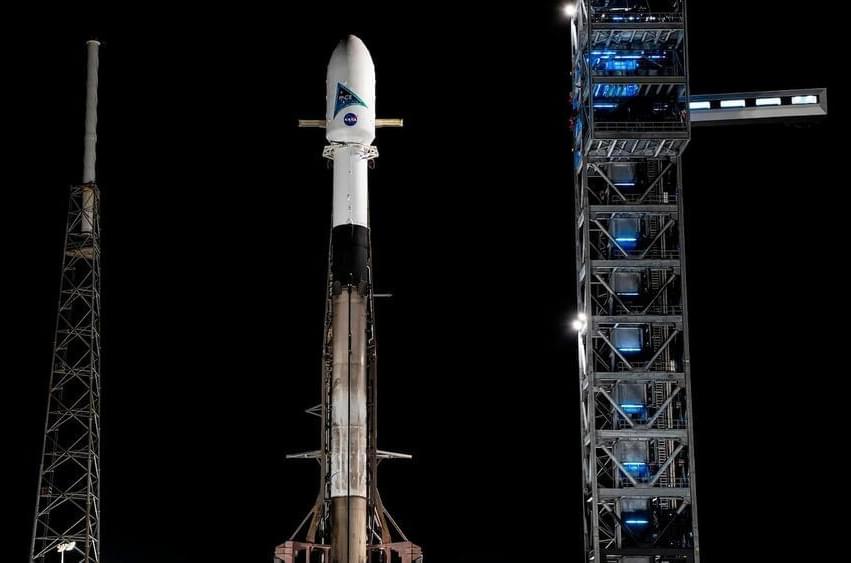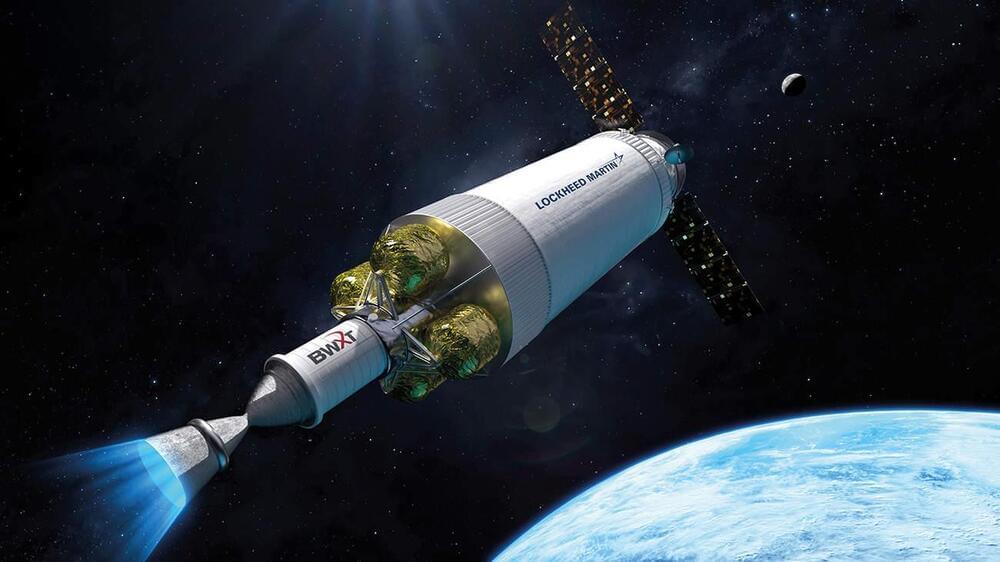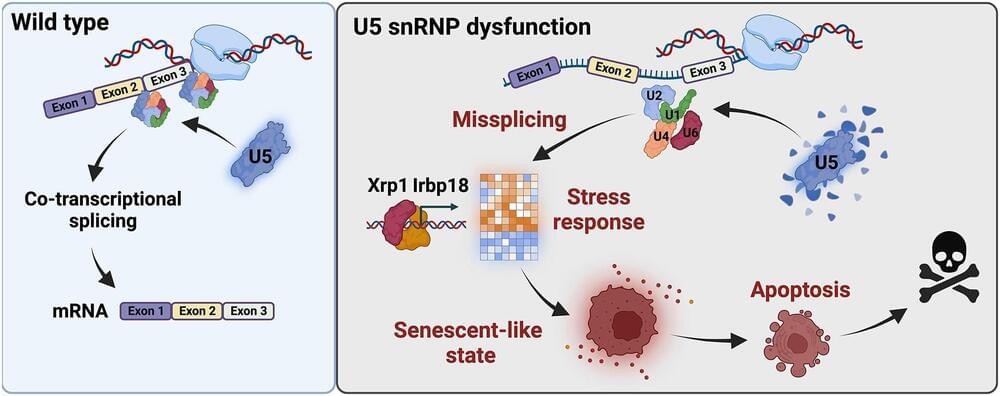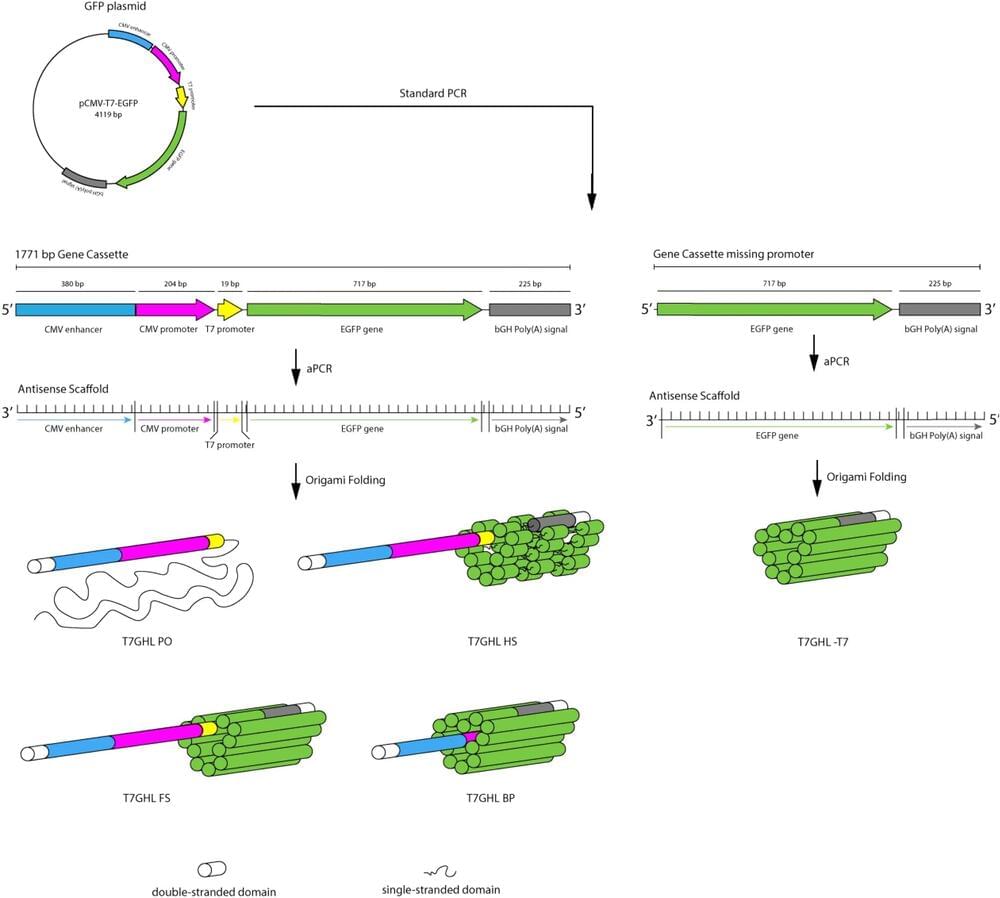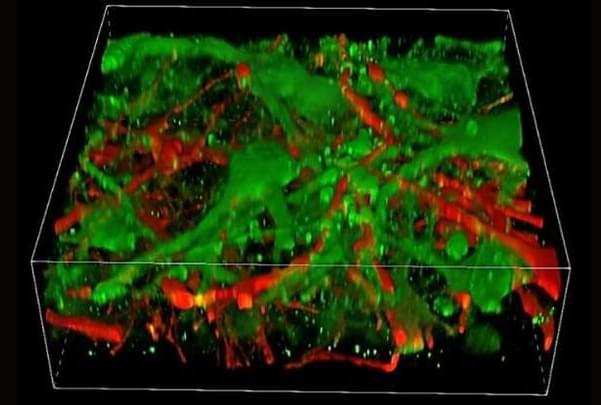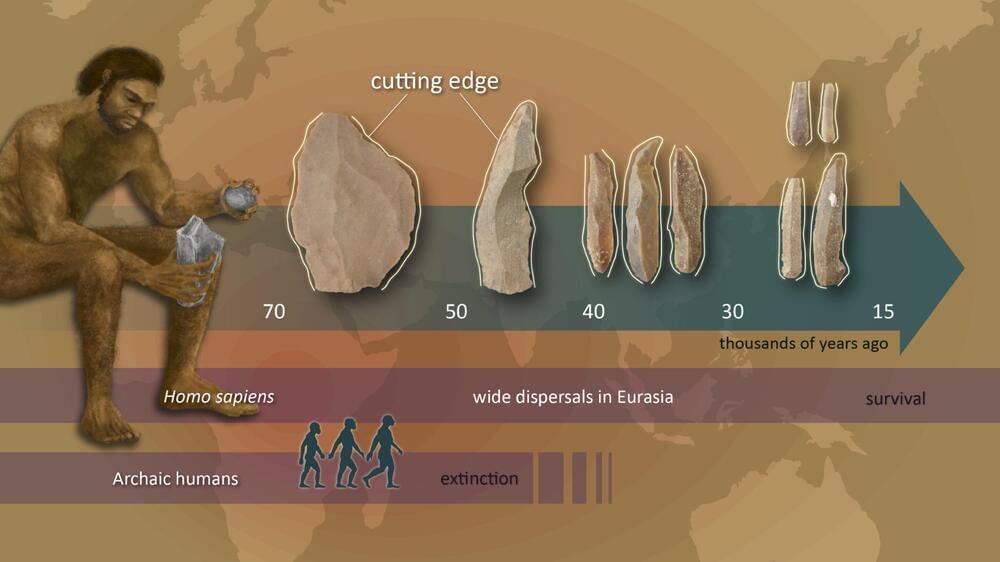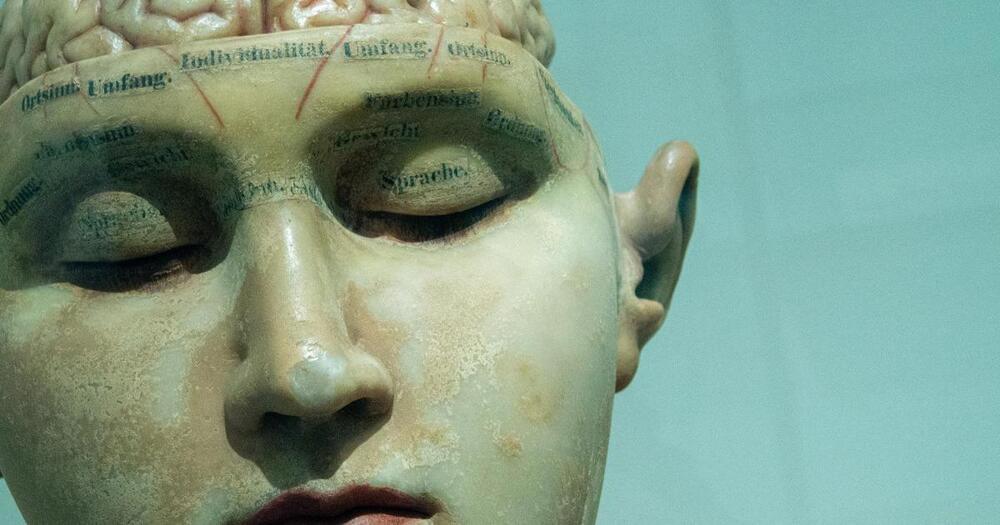Imagine you work for a car rental agency or a package delivery company and you’re in charge of a fleet of vehicles. If you’re switching to EV vehicles, it becomes more complex to manage your vehicles due to long charging time and limited charging point availabilities.
Guided Energy, a French startup that raised $5.2 million from Sequoia Capital and Dynamo Ventures at the end of 2023, is building a software tool that help EV fleet operators when it comes to charge management and dispatch. The company aggregates data from vehicles, public and private charging points and uses machine learning to tell you when and where you’re supposed to charge your vehicles.
“The beauty of the EV ecosystem is that it is all online. This means, we connect to both EVs and charging points directly. Where customers already have telematics or supervision platforms in place, we can integrate with them using APIs into our platform, giving them a single, real-time, unified view of their EV operations,” co-founder and CEO Anant Kapoor told me.


